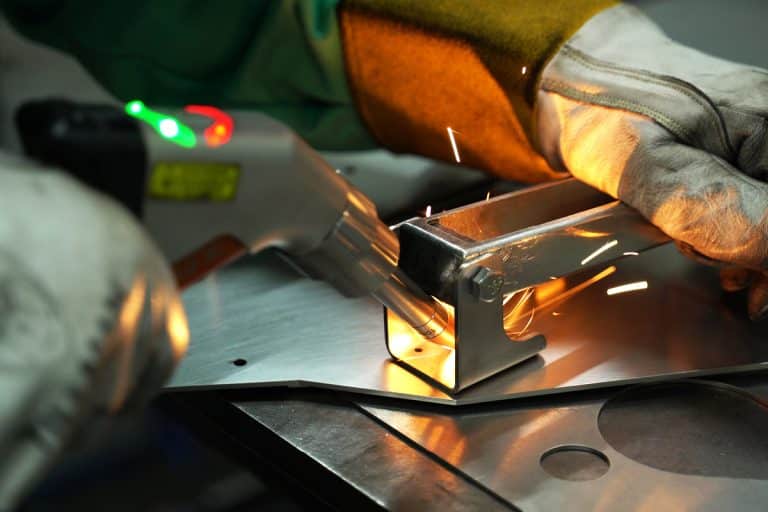
Does Laser Welding Require Gas?
This article explores the role of shielding gas in laser welding, covering when it’s required, different gas types, delivery methods, material-specific needs, and best practices.
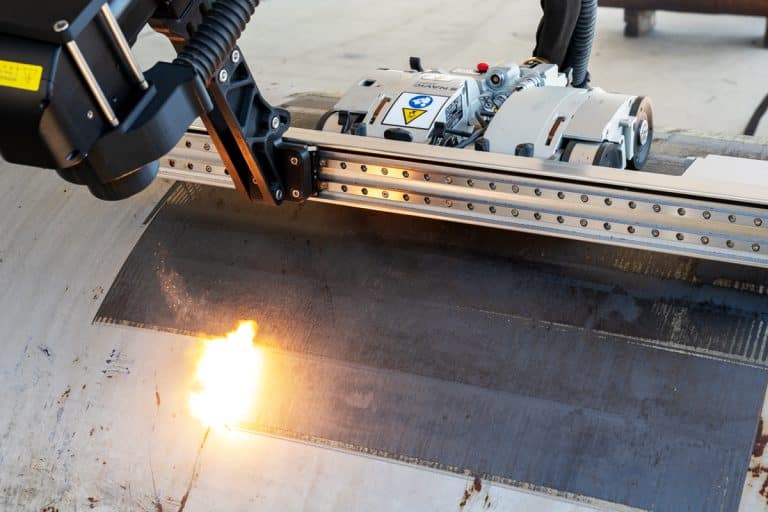
Operation Environment Requirements of Laser Cleaning Machines
This article outlines the essential environmental and infrastructure requirements for operating laser cleaning machines safely, efficiently, and with optimal performance.
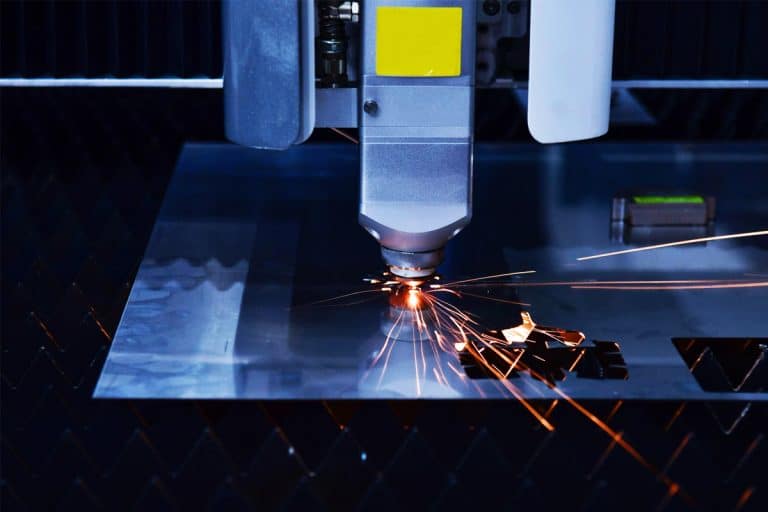
Are Chinese Laser Cutting Machines Good?
This article explores the capabilities, quality, performance, and value of Chinese laser cutting machines, with insights into technology, cost, support, and global competitiveness.
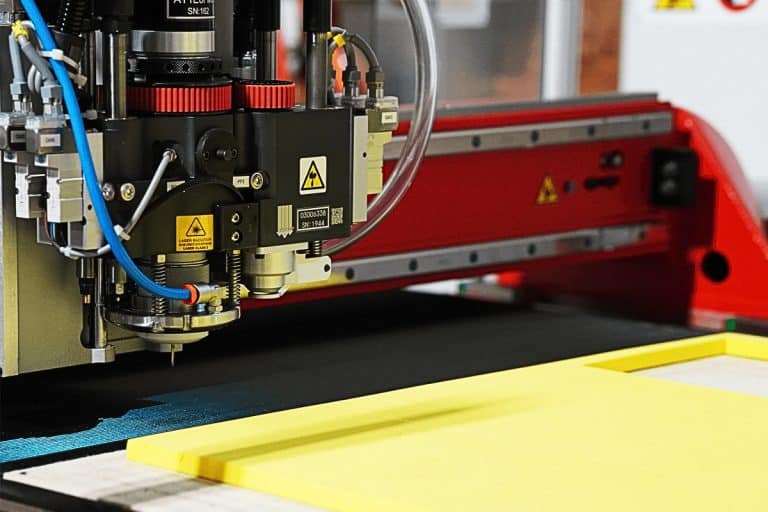
Advantages and Disadvantages of Oscillating Knife Cutting Machines
This article explores the key advantages and disadvantages of oscillating knife cutting machines, including their features, applications, and practical considerations.
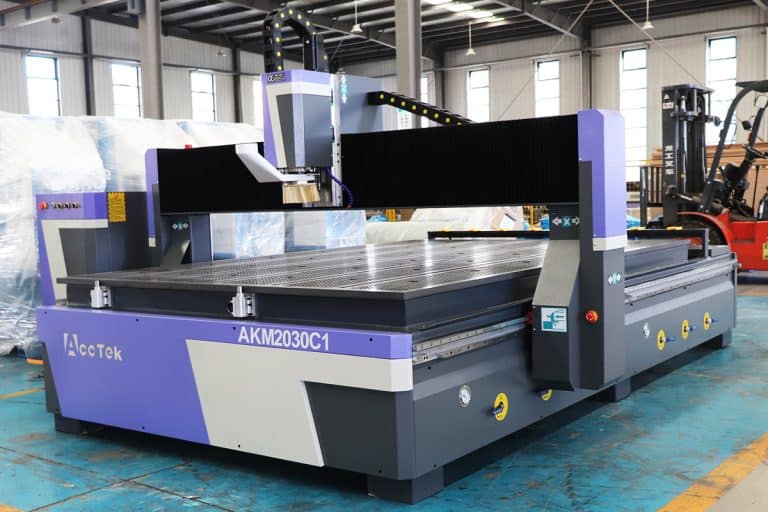
What Are 5-Axis CNC Routers?
This article explores 5-axis CNC routers, detailing their structure, working principles, key components, benefits, limitations, and applications across major industries.
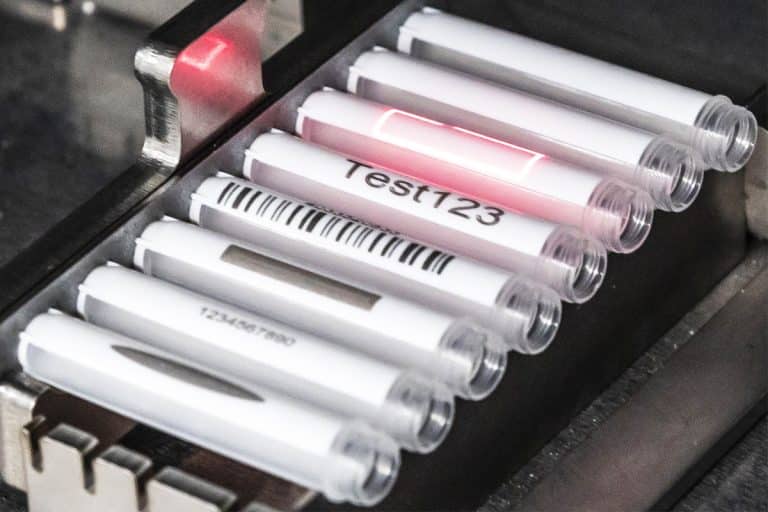
What Are The Advantages And Disadvantages of Laser Marking?
This article explores the key advantages and disadvantages of laser marking, including its applications, limitations, and factors to consider when choosing a system.
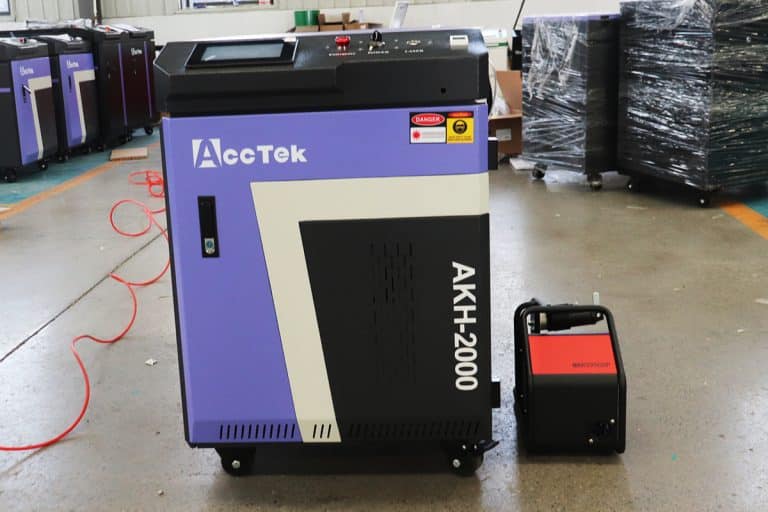
What Are The Hazards of Laser Welding?
This article explores the various hazards of laser welding, including radiation, fumes, electrical risks, and safety standards, with detailed insights and prevention strategies.
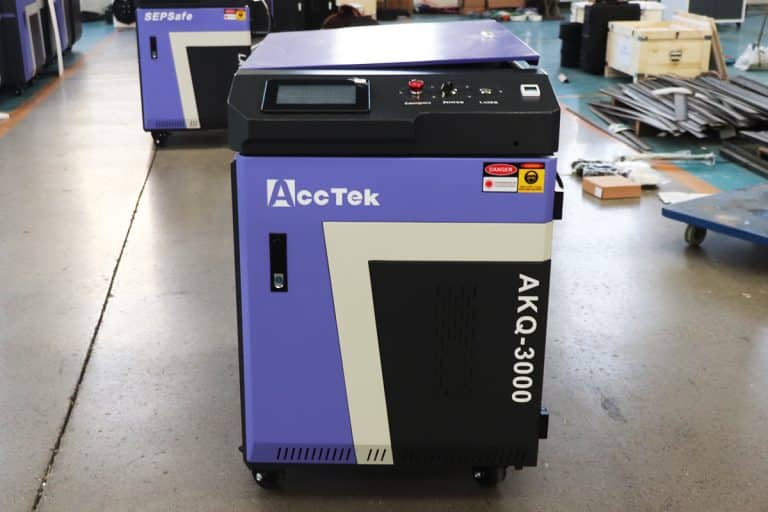
Pulse VS Continuous Laser Cleaning Machines
This article compares pulse and continuous laser cleaning machines, detailing their working principles, key features, applications, advantages, and selection criteria.
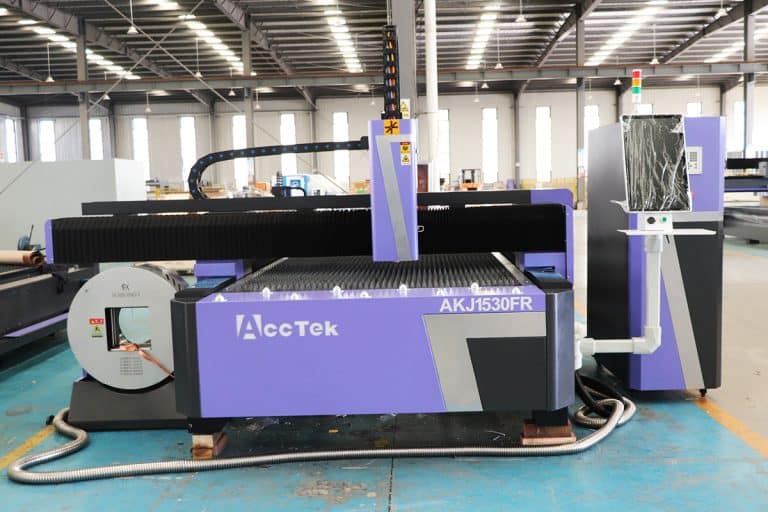
Understanding The Operating Costs of Laser Cutting Machines
This article explains the key factors that influence the operating costs of fiber and CO2 laser cutting machines, including energy, maintenance, labor, and material efficiency.
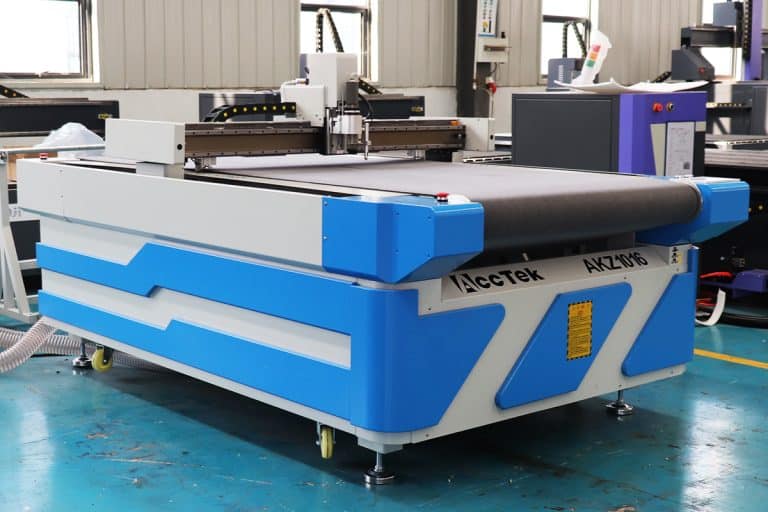
How to Maintain the Oscillating Knife Cutting Machine?
This article provides a comprehensive guide to maintaining an oscillating knife cutting machine, covering daily care, troubleshooting, servicing, and best practices.
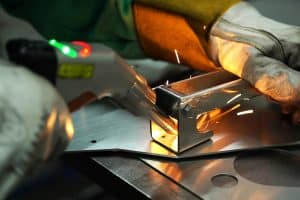
Does Laser Welding Require Gas?
This article explores the role of shielding gas in laser welding, covering when it’s required, different gas types, delivery methods, material-specific needs, and best practices.
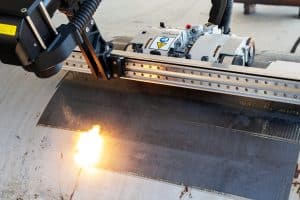
Operation Environment Requirements of Laser Cleaning Machines
This article outlines the essential environmental and infrastructure requirements for operating laser cleaning machines safely, efficiently, and with optimal performance.
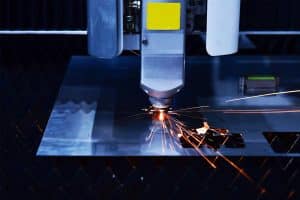
Are Chinese Laser Cutting Machines Good?
This article explores the capabilities, quality, performance, and value of Chinese laser cutting machines, with insights into technology, cost, support, and global competitiveness.
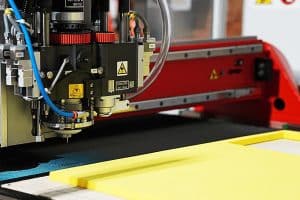
Advantages and Disadvantages of Oscillating Knife Cutting Machines
This article explores the key advantages and disadvantages of oscillating knife cutting machines, including their features, applications, and practical considerations.
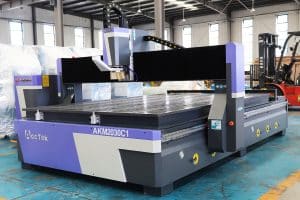
What Are 5-Axis CNC Routers?
This article explores 5-axis CNC routers, detailing their structure, working principles, key components, benefits, limitations, and applications across major industries.
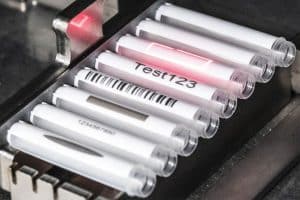
What Are The Advantages And Disadvantages of Laser Marking?
This article explores the key advantages and disadvantages of laser marking, including its applications, limitations, and factors to consider when choosing a system.
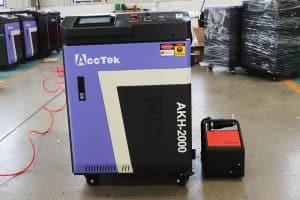
What Are The Hazards of Laser Welding?
This article explores the various hazards of laser welding, including radiation, fumes, electrical risks, and safety standards, with detailed insights and prevention strategies.
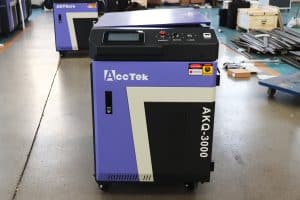
Pulse VS Continuous Laser Cleaning Machines
This article compares pulse and continuous laser cleaning machines, detailing their working principles, key features, applications, advantages, and selection criteria.
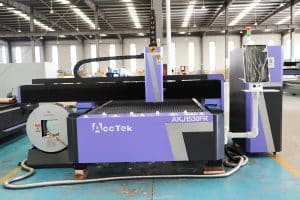
Understanding The Operating Costs of Laser Cutting Machines
This article explains the key factors that influence the operating costs of fiber and CO2 laser cutting machines, including energy, maintenance, labor, and material efficiency.
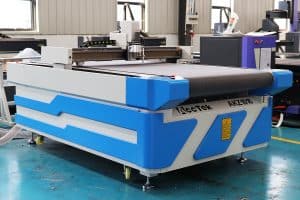
How to Maintain the Oscillating Knife Cutting Machine?
This article provides a comprehensive guide to maintaining an oscillating knife cutting machine, covering daily care, troubleshooting, servicing, and best practices.
